Geoscience Reference
In-Depth Information
Blocks of massive
serpentinite
Massive serpentinite
antigorite vein
Stretching lineation of
magnetite clots
Fractured
fold axis
Amphibole schist
?block
Foliation
(schistosity &
slip surfaces)
Up
North
East
Fig. 9
Schematic block diagram for geologic structures of schistose serpentinite
tuff are not uncommon in dredges from these areas (Fig.
7
). Therefore, we infer that
the Paleogene continues to the south of the study area decreasing in thickness. The
contact relation of the two formations remains uncertain, because no outcrop was
found where the boundary could be observed directly. Two solutions are possible
for the contact relationship: an unconformity and a flat-lying fault. An unconform-
able relation is difficult to reconcile with the fact that neither serpentinite xenoliths
in volcanic rocks, serpentinite clasts in volcaniclastic rocks, nor volcanic rock dikes
crosscutting serpentinite have been found. However, the scarce occurrence of
deformed volcanic rocks and the absence of sheared mixture of serpentinite and
volcanic materials are inconsistent with a fault contact. Therefore, the nature of the
boundary drawn in Fig.
4
is speculative. Anyway, the flat boundary evidently cross-
cuts the fold structures within the serpentinite body (Fig.
10
).
Dives 6K#341 and 6K#575 observed the flat-lying Miocene turbidite formation
near the ridge crest with very steep slopes of 200-300 m descent. Common occur-
rences of debris blocks and dredge hauls of consolidated sandstone and siltstone
suggest that the Miocene turbidite formation caps over the peninsular part of the sea-
mount. At 6K#575 route, the base of the Miocene lies at a depth of ~2,500 mbsl, with
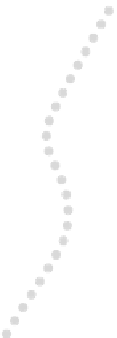

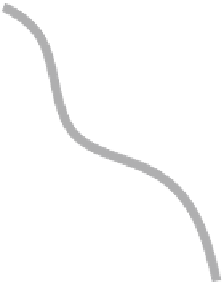






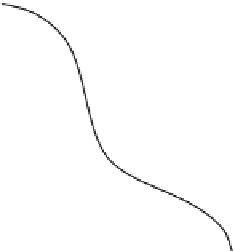
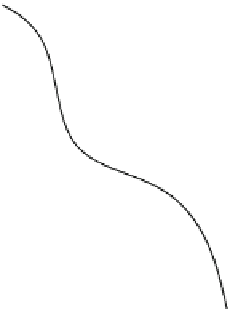























































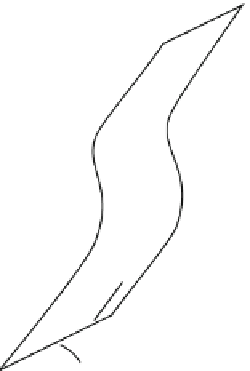


































































































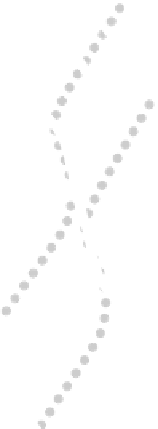

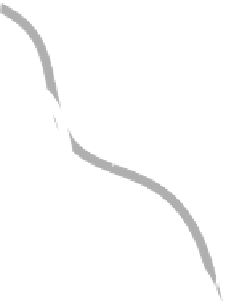








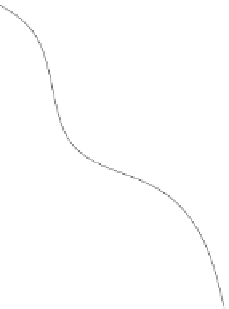











































Search WWH ::

Custom Search